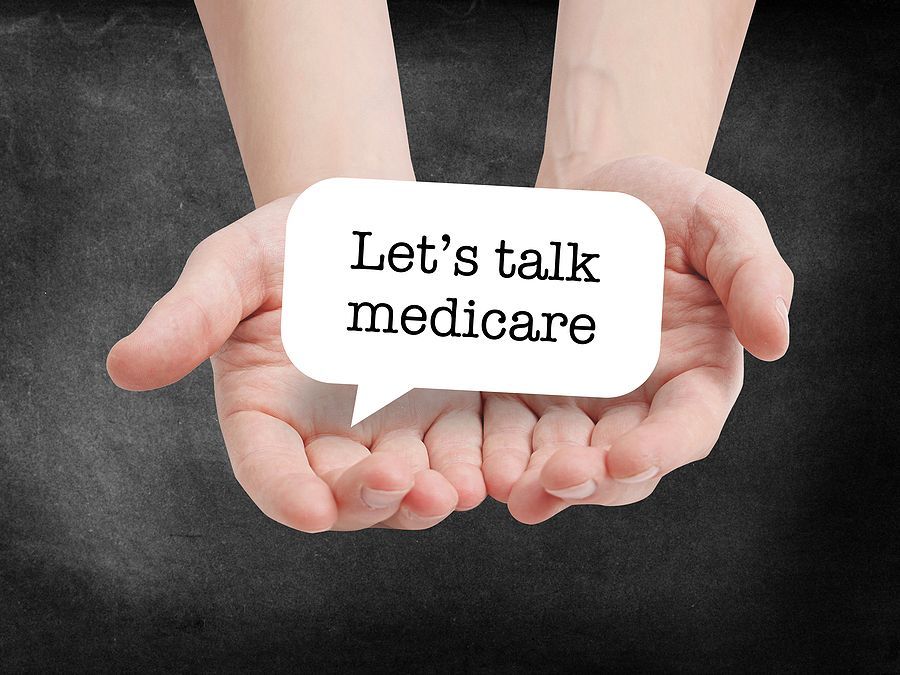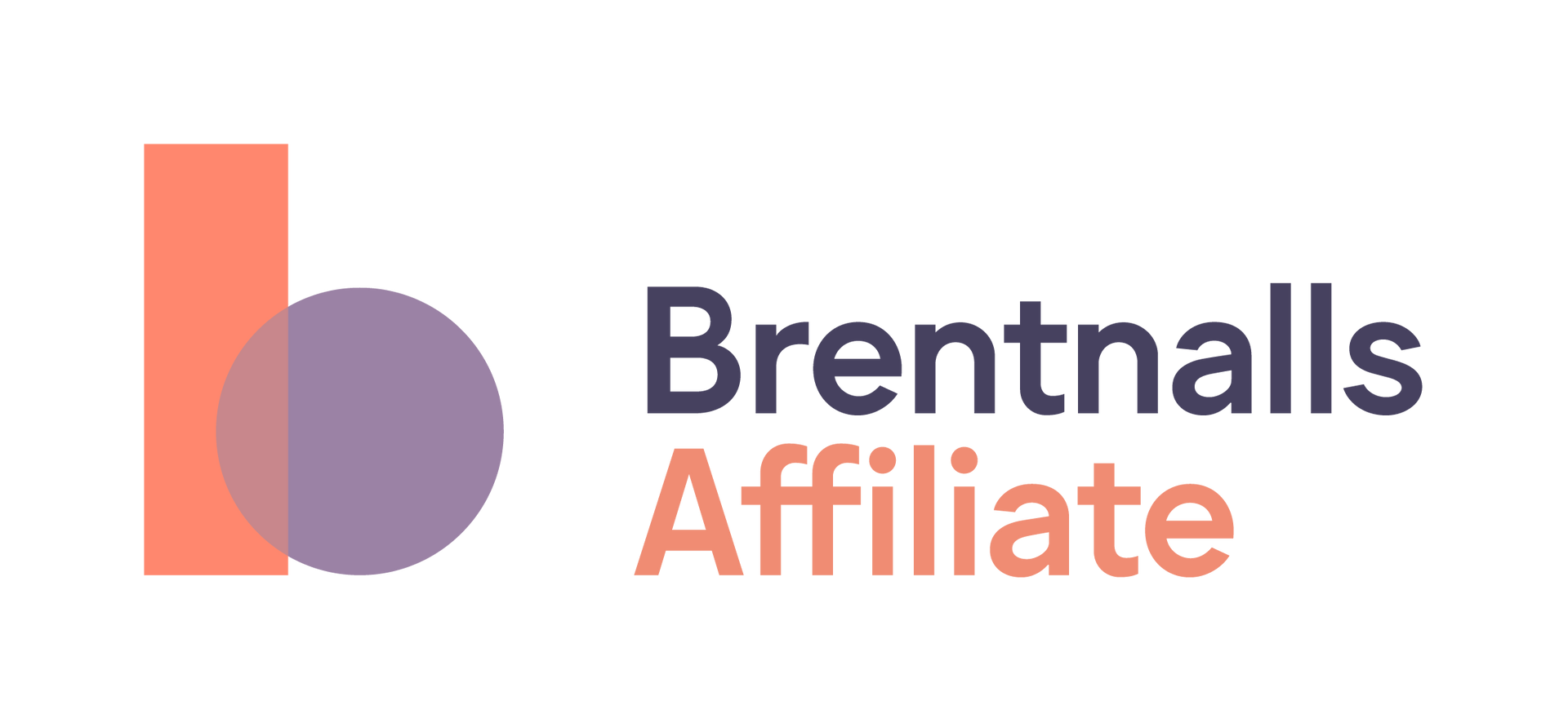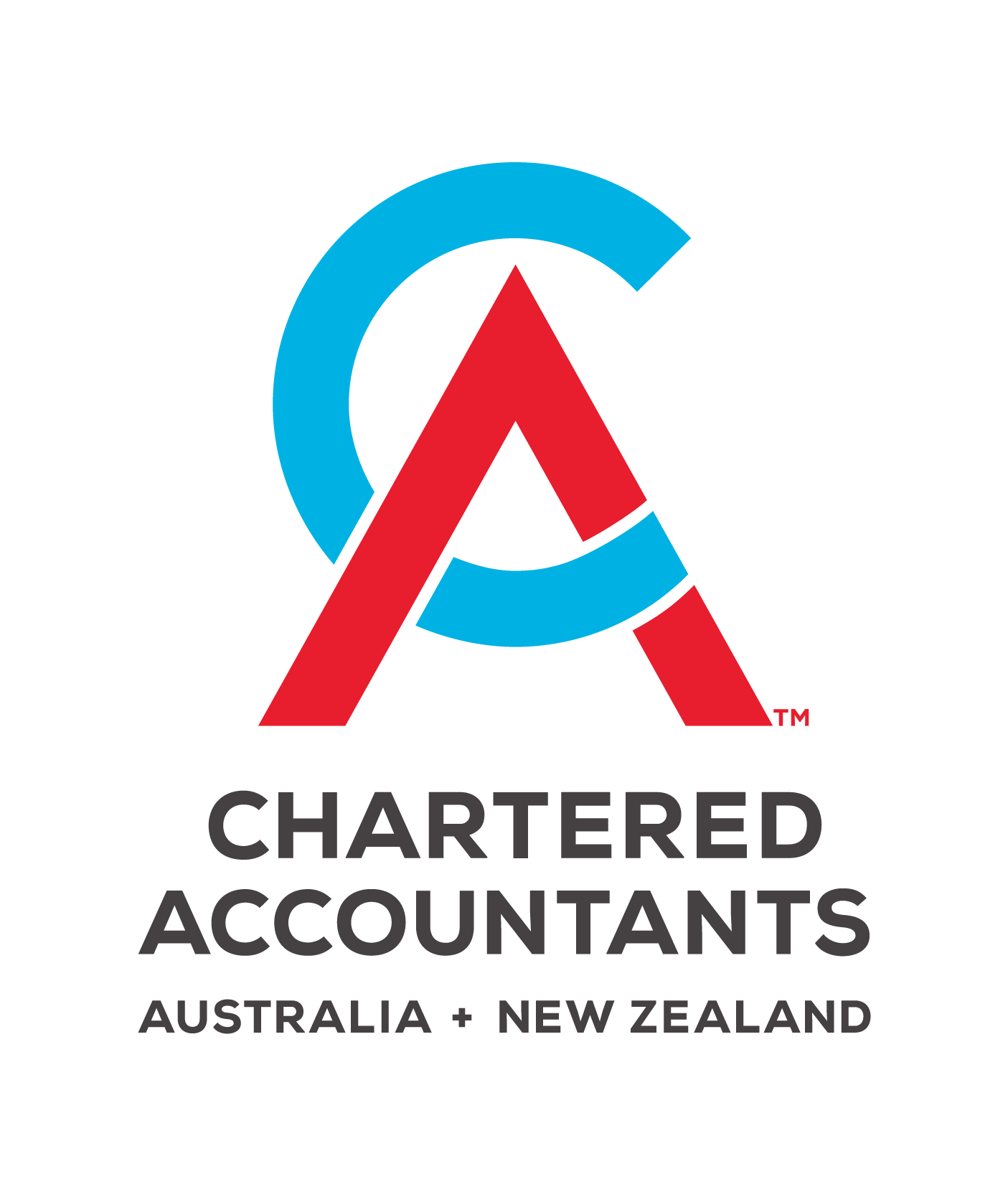Federal Budget Newsletter
May 2024
Federal Budget General
- Personal Tax Rates
- Instant Asset Write Off
- Increasing the Medicare Levy Low-income Thresholds
- HELP/HECS Relief
- Super on Paid Parental Leave
- Energy Relief for Households & Small Businesses
- Centrelink Carer Payment
- Rent Assistance Increase
- Higher Rate Jobseeker
- Freezing Social Security Deeming Rates
- BAS Refunds
- Old Tax Debts
- Preventing Fraud Measures
Federal Budget Health
- Expanding Medicare Urgent Care Clinics
- Supporting Hospitals and Older Australians
- Enhancing Mental Health Services
- Aged Care Services

Personal Tax Rates
The Government has confirmed the following measures in the Budget, which were previously announced on 25 January 2024, as part of the revised Stage 3 tax changes.
From 1 July 2024, there will be further personal income tax cuts. Changes include reducing the 19% tax rate to 16%, 32.5% tax rate changing to 30%, raising the upper threshold for the 30% tax bracket from $120,000 to $135,000, and raising the 45% lower threshold from $180,000 to $190,000. These changes are yet to be legislated. Please note that tax rates are subject to change according to changes in government policy.
These permanent tax cuts for all 13.6 million Australian taxpayers are from 1 July 2024, with the average annual tax cut being $1,888 (or $36 a week).
Current Tax Rates (20-23/24)
| INDIVIDUAL INCOME TAX RATES | |
|---|---|
| Income Range | Marginal Rate |
| Between $0 and $18,200 | 0% |
| Between $18,201 and $45,000 | 19% |
| Between $45,001 and $120,000 | 32.5% |
| Between $120,001 and $180,000 | 37% |
| Greater than $180,001 | 45% |
Redesigned Tax Rates - From 1 July 2024
| INDIVIDUAL INCOME TAX RATES | |
|---|---|
| Income Range | Marginal Rate |
| Between $0 and $18,200 | 0% |
| Between $18,201 and $45,000 | 16% |
| Between $45,001 and $135,000 | 30% |
| Between $135,001 and $190,000 | 37% |
| Greater than $190,001 | 45% |
Instant Asset Write Off
The small business instant asset write-off concession is set to be extended for another year, to 30 June 2025.
Small businesses with annual turnover of less than $10 million will be able to immediately deduct eligible assets costing less than $20,000 until 30 June 2025.
In March 2024, a bill was introduced to parliament to increase small business instant asset write-off threshold from the cap of $20,000 to $30,000 and expand the concession to include medium-sized businesses with an aggregated turnover of less than $50 million, replacing the $10 million threshold. This bill has not yet been legislated, therefore the thresholds for this concession are still $20,000 for asset cost and $10 million for turnover.
Increasing the Medicare Levy Low-income Thresholds
The Government has confirmed the updated Medicare levy thresholds, initially announced on 25 January 2024. These new thresholds, designed to provide cost-of-living relief, have been implemented through the Treasury Laws Amendment (Cost of Living – Medicare Levy) Act 2024.
The changes effective from the 2023-24 income year are as follows:
- The Medicare levy low-income threshold for singles has been increased to $26,000 for 2023-24, increased from $24,276 in 2022-23.
- For couples with no children, the family income threshold is $43,846, increased from $40,939 for 2022-23.
- The additional amount of threshold for each dependent child or student is $4,027, up from $3,760.
- For single seniors and pensioners eligible for the Seniors and Pensioners Tax Offset (SAPTO), the Medicare levy low-income threshold is $41,089, increased from $38,365.

HELP/HECS Relief
As previously announced, HELP/HECS debts will be indexed at the lower of the Consumer Price Index (CPI) or Average Weekly Ordinary Time Earnings (AWOTE), backdated to 1 June 2023. This change will significantly reduce many HECS debts, as the indexation in June 2023 was calculated based on CPI, and AWOTE indexation will result in a much smaller increase.
Changing the calculation of HELP/HECS indexation applied from 1 June 2023, means that the indexation rate is reduced from 7.1 per cent to 3.2 per cent in 2023 and from 4.7 per cent to around 4 per cent in 2024.

Super on Paid Parental Leave
The Government has announced it will enhance the government-funded Paid Parental Leave (PPL) scheme by paying superannuation on payments made to eligible recipients at the Superannuation Guarantee rate. This will be paid as a contribution directly to the recipient’s superannuation fund and will be based on the Superannuation Guarantee rate at the time (12% of their PPL payments from 1 July 2025). The measure will apply to births or adoptions on or after 1 July 2025.
Energy Relief for Households & Small Businesses
A $325 energy rebate is being provided, in the 2024-25 income year, for all eligible small businesses to help relieve cost pressures.
This is on top of the $300 energy rebate to all Australian households over the same period. In either case, the rebate will be automatically applied on a quarterly basis to 2024-25 bills.
Centerlink Carer Payment
Under current rules, to qualify for the Centrelink Carer Payment, caregivers are restricted to engaging in work, study, or training for less than 25 hours per week.
Starting from 20 March 2025, the existing 25-hour weekly limit will be changed to 100 hours over a four-week period and will no longer include study, volunteering, or travel time—it will only apply to employment.
Additionally, Carer Payment recipients who exceed the participation limit or their allowable temporary cessation of care days will have their payments suspended for up to six months (rather than cancelled).
These adjustments aim to provide greater flexibility and support for caregivers.
Rent Assistance Increase
From 20 September 2024, the maximum rate for Commonwealth Rent Assistance (provided to recipients of Centrelink and Department of Veterans Affairs payments) will increase by 10%. The current maximum fortnightly rates are $188.20 for a single person and $177.20 combined for a couple.
Higher Rate Jobseeker
Currently, Jobseeker recipients aged 55 or over who have been on the payment for nine continuous months receive a higher rate of payment. From 20 September 2024, this will be extended for single recipients with partial capacity to work (from zero to 14 hours per week).
Freezing Social Security Deeming Rates
When calculating Centrelink and Department of Veterans Affairs payments, the Government doesn’t assess the actual income from financial investments. Instead, it assumes a deemed rate of return based on the total value of these investments. Common examples of financial investments include bank accounts, term deposits, shares, and managed funds.
The Government has proposed to freeze the deeming rates until 1 July 2025. These rates determine how much income retirees are deemed to earn from their assets. The rates are below:
| Deeming Rate | Single Pensioner | Couple |
|---|---|---|
| 0.25% | Up to $60,400 | Up to $100,200 |
| 2.25% | Amounts over $60,400 | Amounts over $100,200 |
BAS Refunds
The Government has provided the ATO with greater power to combat fraud by increasing the number of days a BAS refund can be withheld to allow them to investigate. Previously this was 14 days, but this is being increased to 30 days. However, any legitimate refunds within for over 14 days would result in the ATO paying interest on the refundable amount. This measure will apply from the start of the first income year following Royal Assent of the relevant legislation.
Old Tax Debts
The Commissioner will be given discretion to not use a taxpayer’s refund to offset old tax debts, where this debt was put on hold prior to 1 January 2017. This will apply to individuals, small businesses, and not-for-profits.
Preventing Fraud Measures
The ATO will receive $187m over the next 4 years starting 1 July 2024, to assist in its ability to detect, prevent and mitigate fraudulent tax claims including:
- Upgrading technologies to identify and block suspicious activity in real time;
- A newly formed compliance taskforce to recover lost revenue and block attempts to obtain fraudulent refunds; and
- Improve its management and governance, including how it assists those people who have been affected by fraud.
Health Budget
The Health Budget offered very few measures of significance with the most impactful measures noted below.
1. Expanding Medicare Urgent Care Clinics
- Investment: The Government has allocated $227.0 million to grow the number of Medicare Urgent Care Clinics to 87. These clinics provide timely care for urgent medical needs, reducing the burden on busy hospital emergency departments.
2. Supporting Hospitals and Older Australians
- Funding: $882.2 million has been earmarked to ease pressure on hospitals. Older Australians will receive necessary medical support in safe and comfortable environments, allowing hospitals to free up beds for other patients.
- Community Outreach: States and territories will receive support to provide hospital outreach in local communities. Virtual care options will prevent avoidable hospitalisations, and the residential aged care workforce will receive upskilling.
3. Enhancing Mental Health Services
- Investment: The Government is allocating $361.0 million over four years to expand free mental health services. This ensures that Australians receive appropriate care based on their level of need.
- Early Intervention: A new national early intervention service will provide support before distress escalates. This prevents the need for higher intensity services later.
- Walk-In Mental Health Centres: The existing Head to Health network will be bolstered with 61 walk-in Medicare Mental Health Centres. These centres will have psychiatrists, psychologists, and GPs available to provide free mental health care.
- Care Coordination: Mental health nurses and allied health professionals will support patients with complex needs, bridging the gap between GP and specialist appointments.
Aged Care Services
The most significant investments in the health Budget were for Aged Care Services and these include:
1. Home Care Packages Expansion:
- Investing $531.4 million to provide an additional 24,100 Home Care Packages in 2024-25.
- This initiative allows more older Australians to receive support while remaining in their homes and communities.
2. Foundational Improvements:
- An additional $88.4 million aims to attract and retain a dedicated aged care workforce.
- Over $1.4 billion will upgrade technology systems and digital infrastructure, supporting the implementation of the new Aged Care Act.

Download
a PDF version of the Federal Budget Newsletter for May 2024.
Please contact our office if you wish to discuss any of the Federal Budget further.
Disclaimer
The information provided in this questionnaire does not constitute advice. The information is of a general nature only and does not take into account your individual circumstances. We recommend that you contact Brentnalls SA to discuss your particular requirements or circumstances.



